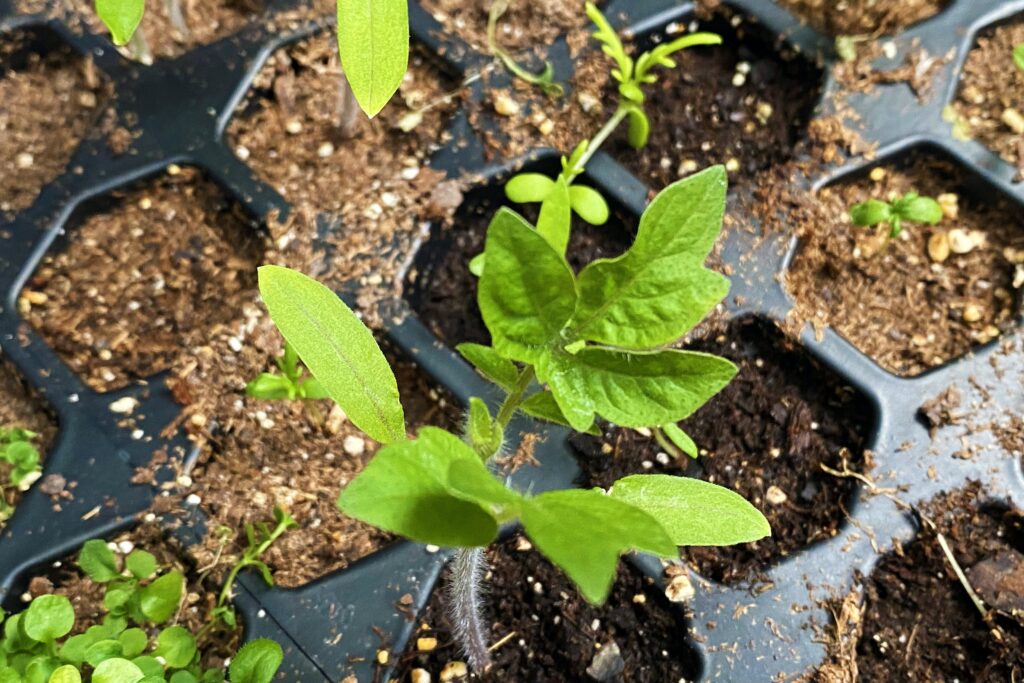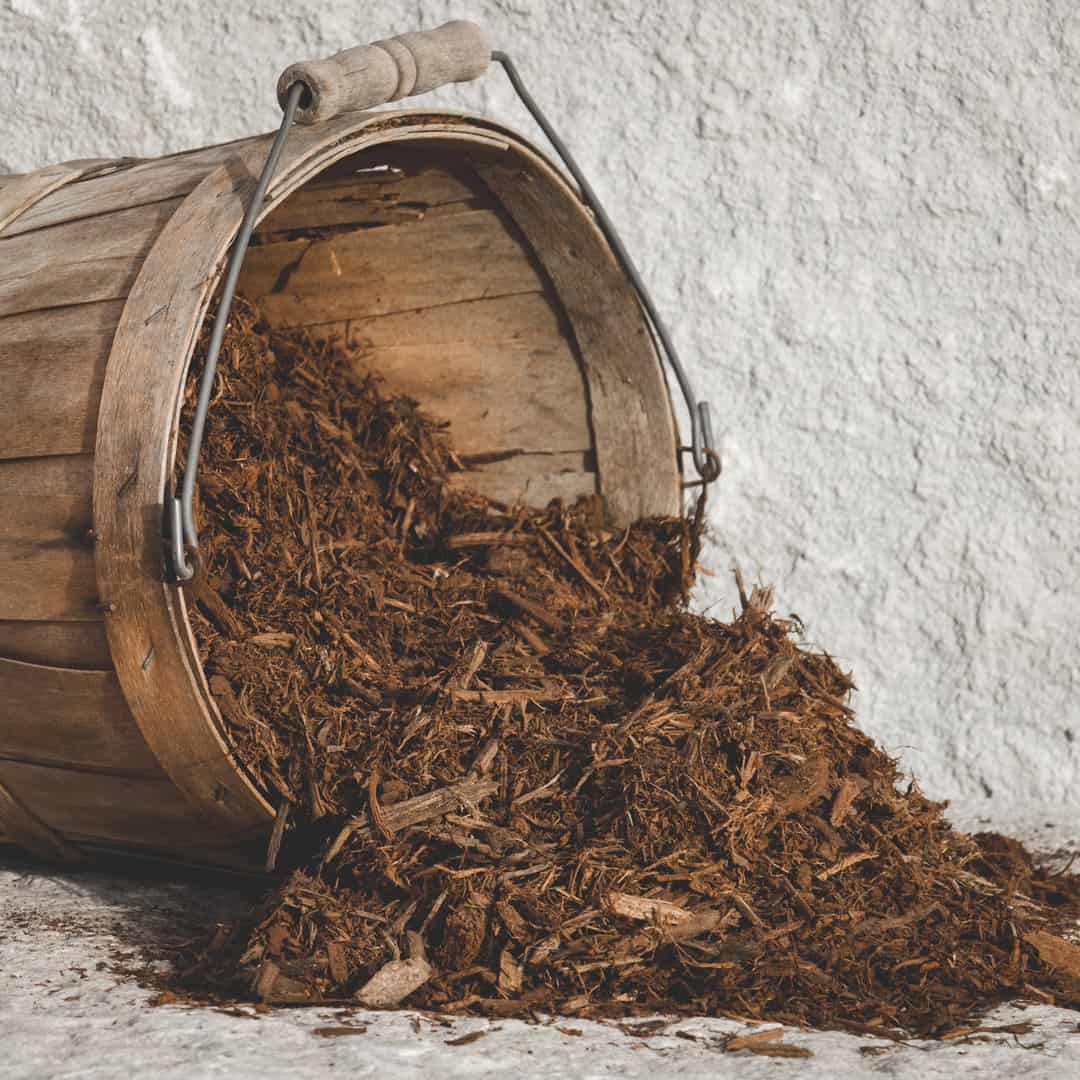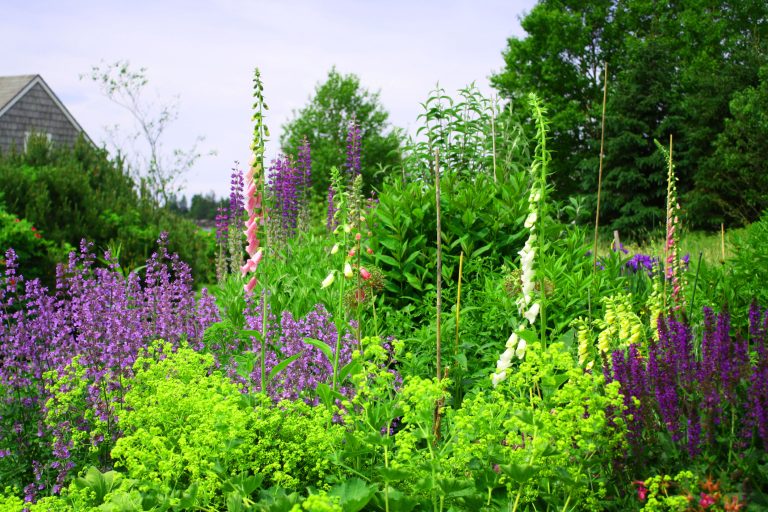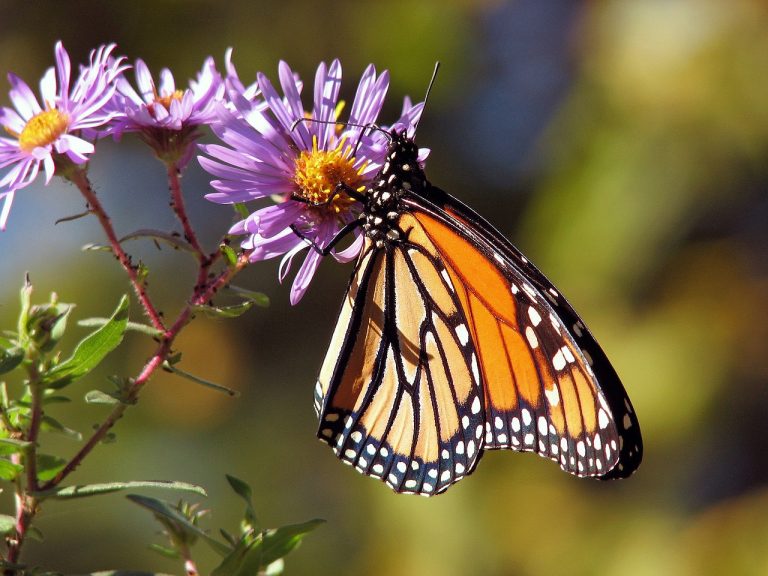

It’s getting to be that time in growing zone 5b where you can begin to start propagating your seeds indoors for springtime planting. While it may be too early to start planting quicker growing plants, like annual vegetables, or your more warm loving plants that will be transplanted in later spring, it’s not too early to start thinking about how you’re going to germinate your seeds. Different kinds of plants prefer different growing habits, and as such will prefer different means of seed germination. If you’re trying to get a head start on this year’s growing season or are a new gardener, beginning your first plot this year, below is a simple walkthrough of different ways to start your seeds.
As explained by a wonderful resource, in a book called The Backyard Homestead by Carleen Madigan, “peat pots are good for seeds that resent transplanting and for larger seeds. These pots are usually 2 1/2 to 3 inches across and are combines germinating-growing-transplanting units.”
Made of the same material as peat pots, though made in a different form, “peat pellets are made of compressed peat. When placed in water, they expand into units similar in function to peat pots. They are best for larger, reliably germinating seeds and seeds that resent transplanting.”
Another means of germinating seeds are plugs. “Plugs are cone or cylinder shaped transplants. You can buy plug trays, which have up to 200 plug holes. One seed is sown into each plug hole.” With a plug tray, you’ll need to fill the tray with a growing medium like potting soil, and you get to reuse the tray when your seeds are done germinating.
Once you’ve figured out which growing medium and means of starting you’re going to choose for your seeds, there’s a couple of other factors to consider to ensure that your seedlings grow into strong and healthy plants. You’ll need to make sure that the light that reaches the plants is enough to keep them growing (especially during winter seed starting). You’ll need to ensure that the seedlings are getting the appropriate amount of heat to keep them alive. Finally, you’re going to need to check that the moisture and humidity levels in the area in which you’re growing can support your seedlings.
As for light, explained again by the book The Backyard Homestead by Carleen Madigan, “place them near a sunny window with a southern exposure or under cool-white fluorescent bulbs. If they are by a windowsill, turn newly sprouted seedlings regularly so they will grow straight and evenly.” Warmth is an equally important consideration as, “most seeds germinate and grow best in a spot where the temperature remains 70 to 75°F (21 to 24°C). Most seedlings prefer room temperatures of 60 to 70°F (16 to 21°C).”
Something that is a little more tricky to master than light and temperature is moisture and humidity. Described again by The Backyard Homestead by Carleen Madigan, “keep the germinating medium moist but never soaking wet. Slip your seed flats into plastic bags or cover them with glass until the seeds germinate. Remove the cover as soon as the seeds sprout. Check the new seedlings every day to see if the medium is lighter in color, indicating it is drying out. Water from the bottom until the seedlings are fairly large enough to avoid the disturbance of overhead watering.”
The good thing about nature and plant life is that it is incredibly resilient. If your conditions aren’t exactly right, or if you plant a little too early, there’s a good chance that the seeds you germinate will be fine. Just try to stay within the guidance of whatever seed packet you choose (i.e. if the packet says “start indoors 8 weeks before last frost,” you’d be best to follow that advice within the scope of your chosen growing medium and conditions. Plants are meant to grow, and by growing your own plants from seed, you’ll be able to learn how your conditions interact best with your chosen plant life.
Whispering Hills Garden and Landscape Center is a full service landscape center and nursery located in Cary, Illinois. Stop in today to schedule a Spring 2022 cleanup. (Updated: 1/31/22)
Shop Archive



In an era where sustainability is more than a buzzword, Whispering Hills Garden Center

June is National Pollinator Month, a perfect time to celebrate the essential role pollinators
**IMPORTANT** Non e-commerce prices listed on various pages of this site, may not reflect the most up-to-date prices. Call to verify prices before coming in.
